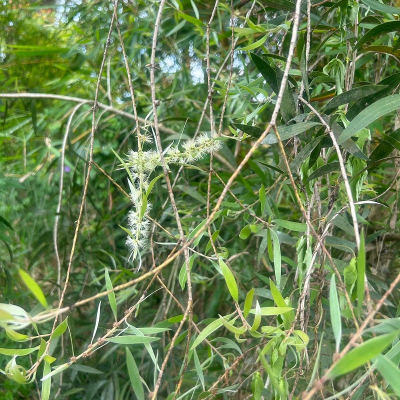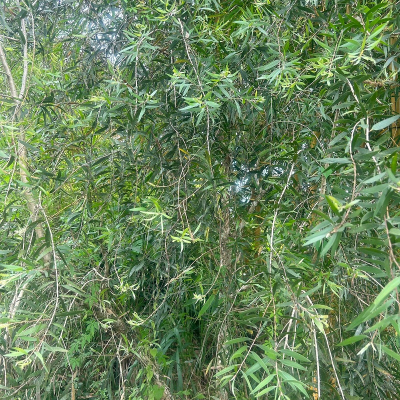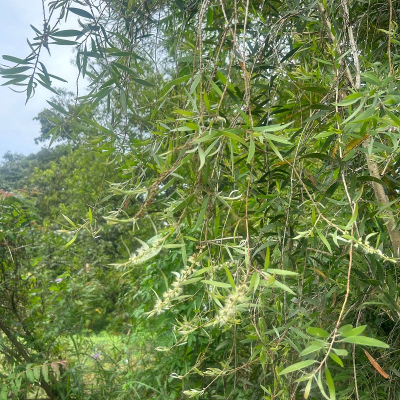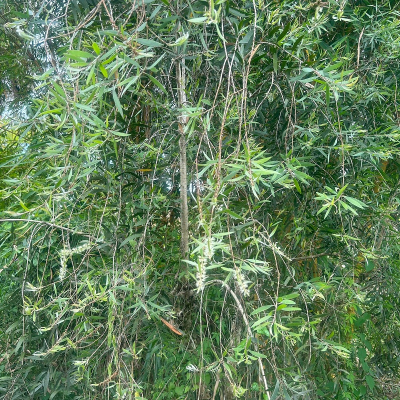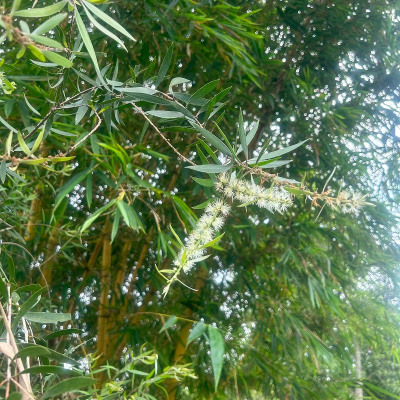Distribution and Habitat: Malaya Islands to Australia.
Botany: A tree often of large size, with a thick spongy bark, peeling off in layers, and pendulous branches; or stunted and with stiff erect branches.
- Leaves: Often vertical, alternate, elliptic or lanceolate, straight oblique or falcate, 3-7 nerved, acuminate, acute or obtuse, narrow and more rigid.
- Flowers: Spikes, long interrupted solitary or 2 or 3 together terminal at first and then surmounted by leafy branches, rachis and calyx glabrous or woolly.
- Fruit: Sessile, cylindric, short.
Properties: Oil is antiseptic, anticonvulsant, anticolic, and powerful antipyretic. It is anthelmintic, stimulant, carminative, expectorant, and rubifacient.
Chemical constituents: Essential oil containing cajuputol identical with eucalyptol. Bark yields crystalline resinol melaleucin. Betulin, friedelin, uvaol, sitosterol, epitaraxeryl acetate and taraxastenone from leaves and stems.
Uses: It is used internally in the treatment of bronchitis, laryngitis, diarrhea and flatulence. Externally it is applied for ear-ache, rheumatism and skin diseases. Useful for all kinds of pains, internal and external. Used for rheumatic affections, toothache, neuralgia, sprains and bruises, in choleraic diarrhea, psoriasis, acne and eczema.
Propagation: Seeds

